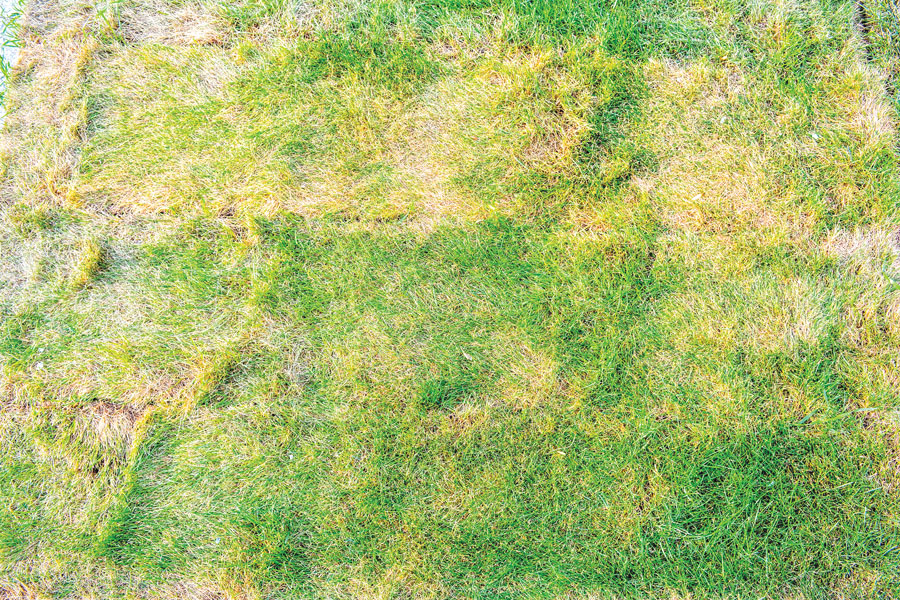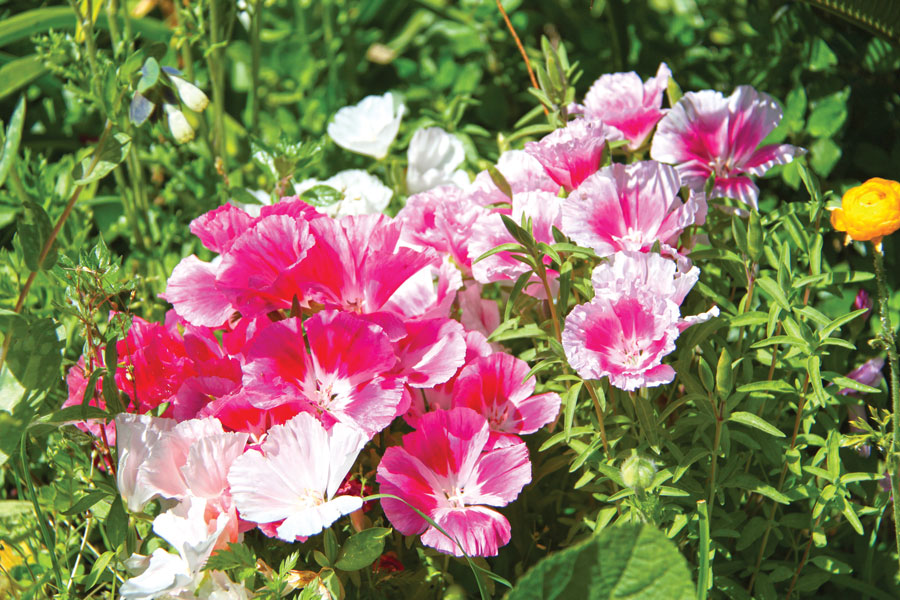It’s been a tricky year in the garden, with heavy rain for many following the hottest summer on record, and anyone starting on their gardening journey this year must have been tempted to throw in the trowel.
The weather has always played a huge part in how plants perform, fruit and vegetables or long established trees, shrubs and perennials all need sunshine and rain to help them flourish. Some are better adapted than others and these are generally plants that have been introduced from other continents where extremes of climate are the norm.
Our climate in the past has been a fairly good mix of sunshine and rain but as it moves towards extremes we have to change how we garden.
So what do we do, change our garden into a more Mediterranean style able to withstand long dry summers, or a design that can cope with prolonged wet and flooding?
Really what we need is both and the best way to approach this is to take notice of the changing weather patterns, ideally recording in a daily diary just as you would write down when you sowed seeds or planted a plant.
If you don’t have the time then the best approach is to choose plants that are fairly tough and able to cope with both extremes of hot/dry and cooler/wet weather. They will most likely be affected in some way, possibly showing signs of scorch (brown edges) to the leaves or leaves flagging (appearing limp). If you can, water them using saved rainwater or washing-up/bath water providing you haven’t used any strong detergents, if not, then use a watering can rather than a hosepipe.

In many cases plants will recover, just like grass which has looked quite scorched and straw coloured in many areas this summer but providing it was strong and healthy prior to the hot weather, it will come back.
To add confusion, to the climate issue there is a difference between the south and the north of the country, whilst the south may have milder winters, the north can still expect cold, wet, and frosty winters so I’m afraid a permanently planted tropical garden in the north is out of the question unless we can protect it over winter.
Choosing the right plant has always been the key to success and there are some very attractive plants that are quite tough and should survive extremes of climate, a tree suitable for a small garden is the ‘juneberry’ (Amelanchier). There are several different species from small trees to multi-stemmed shrubby plants, they flower in spring with lovely starry white flowers, followed by small purple fruits loved by birds concluding in autumn with amazing orange/red leaves before they fall. Recent breeding of the common elderberry (Sambucus) has given rise to some quite stunning coloured leaf forms, some with finely cut foliage like Japanese maples. Dark purple foliage forms such as ‘Black Lace’, ‘Thundercloud’ and ‘Eva’, and a golden form ‘Sutherland Gold’ which has a ferny foliage. All lose their leaves in autumn and can be cut back quite hard in spring when they produce long arching stems of new growth and foliage.
Perennials such as sedum, stachys, origanum, agastache and the hardy verbena bonariensis are quite tolerant of extremes in weather and should survive in most gardens. Whatever the climate, we often find that a plant that should be fine doesn’t survive or is short lived.
My approach is to see what emerges in the spring and fill the gaps with annuals, either with half hardy plants commonly called bedding plants or hardy annually that can be be sown directly into the soil in spring.

If you’re mixing plants amongst existing perennials and shrubs choose annuals that have a more natural look as these will blend in much better and will look like they have been there forever. Clarkia, cornflower, Californian poppies, godetia, nigella, linaria and scabious can all be sown directly into the border, whilst, antirrhinum, cerinthe, coreopsis, cosmos, lavatera, nicotiana, sweet peas and tithonia, will all need to be started off in a frost free place before potting on and planting out after the danger of frost has passed.
Happy gardening,
Martin
Next month, what to do with all those leaves, perennials, to cut or not to cut.







